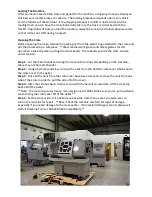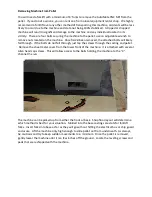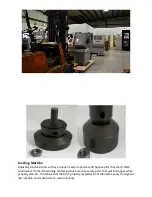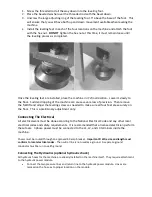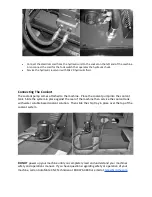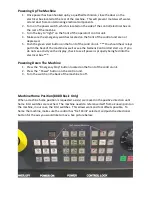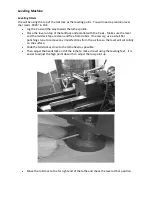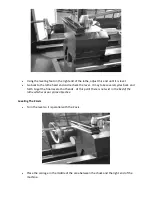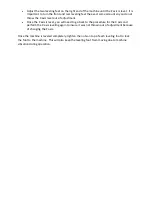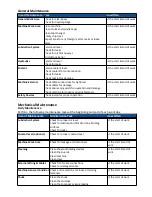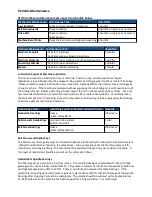
Use the machine table as a workbench.
Use compressed air to blow chips from the
parts of the machine, machine surfaces,
cabinets, controls or floor around the
machine.
Safety Methods For Carrying
1.
Never twist your body - Change
direction by moving your feet.
2.
Always have clear vision - Should
never have to move around objects
that could cause you to trip over or
bump into anything.
3.
Slide the load - Uses less effort and
stress than lifting.
4.
Place the load on the bench - Put
load on edge and slide it forward.
Personal Protective Equipment (PPE)
Before entering a machine shop you must
wear personal protective equipment at all
times.
Eye Protection
It is necessary to wear safety glasses,
goggles or face shields at all times in areas
where small flying fragments or dust can be
encountered when working in the machine
shop.
Hearing Protection
Hearing protection must be worn at all
times. Generally operators choice for
comfort depending on volume of sound.
Earplugs for less sound, earmuffs for louder
sound.
Footwear
Suitable footwear must be worn. A closed
shoe with leather uppers or safety boots
would be the most appropriate.
Clothing
It is important to remember that while you
are working in the machine shop you should
not be wearing loose clothing or jewelry
which may get caught in revolving cutters.
The moving parts of a machine revolve at
high speeds and if any loose clothing or
jewelry is caught in the revolving cutters,
you will be dragged into the machine
causing serious injury or death.
Risk Control
Long Hair:
Keep long hair covered.
Tie hair back.
Wear a hairnet.
Noise:
Wear earmuffs.
Wear earplugs.
Eyes:
Wear safety glasses.
Wear safety shield.
Footwear:
Wear closed shoe with non-skid sole.
Dust:
Wear dust mask.
Never dust yourself or a workmate down
with an air hose. (compressed air)
Chemicals:
Wear gloves or protective clothing.
Wear face mask.
Guards:
Guards on machines must be used at all
times.

















